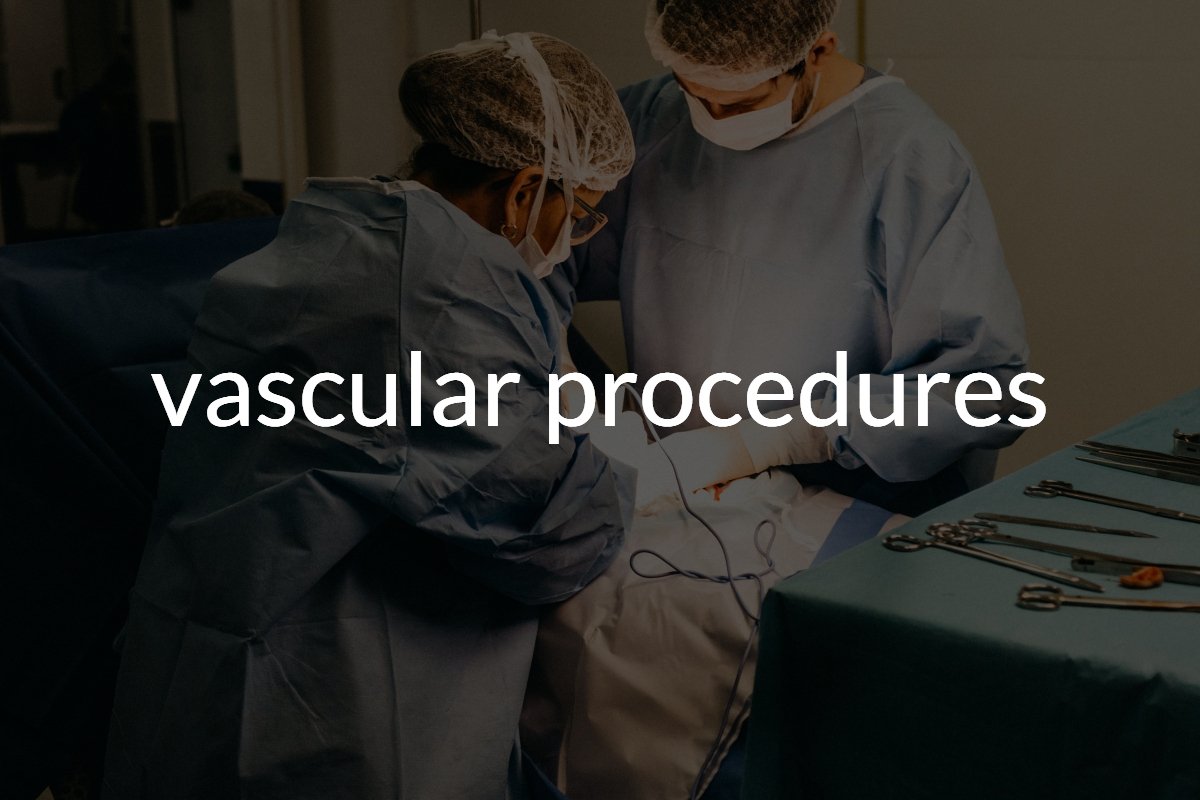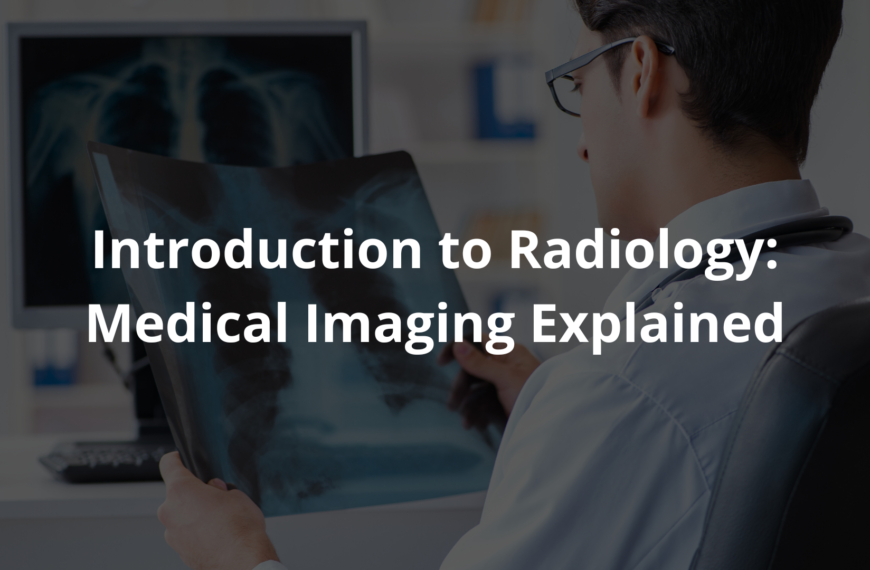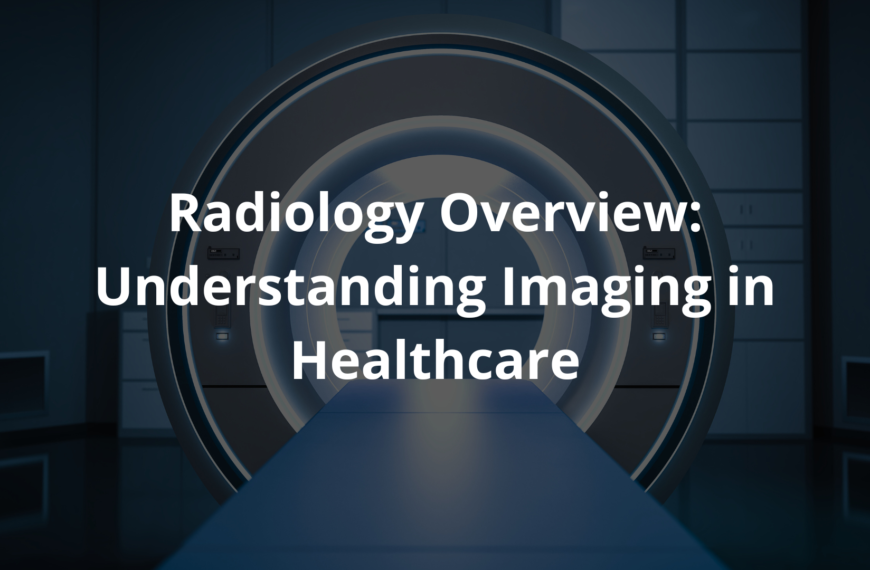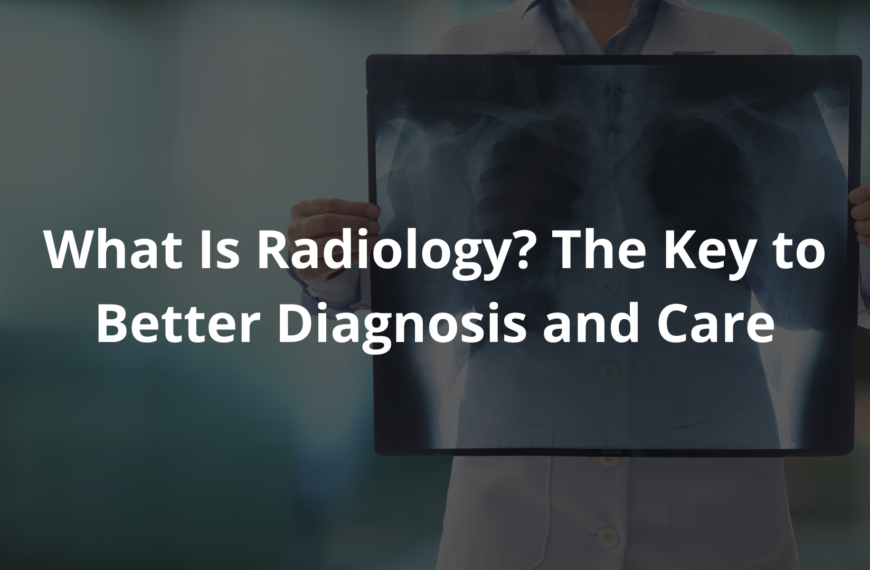Learn about vascular procedures, how they help blood flow, and why they matter for your health.
Vascular procedures are important for people with issues in their blood vessels. These procedures help doctors see and fix problems in the veins and arteries. I remember when my grandpa had some trouble with his leg veins, and the doctor explained how a vascular procedure could help him feel better. If you’re curious about these procedures and how they can help, keep reading. You might learn something new!
Key Takeaway
- Vascular procedures help fix problems with blood flow.
- They can be done using small tools and cameras, which means less pain and quicker recovery.
- Knowing about these procedures can help you talk to your doctor if you have concerns.
Understanding Vascular Procedures
Vascular procedures are like secret tools doctors use to fix problems with blood vessels. Blood vessels are the highways in our bodies, carrying blood to all the important parts. When something goes wrong, like when there’s a blockage or a clot, doctors need to step in. For example, deep vein thrombosis (DVT) is when a clot forms in the deep veins of the legs, which can be very serious.
In Australia, doctors have many ways to help people with their vascular health. They can use special machines and imaging technology, which is like taking a photograph of the blood vessels. It’s fascinating to think about how doctors can see inside our bodies without doing major surgery. This technology is really helpful for diagnosing problems(1).
When someone has a problem, a doctor might suggest a vascular procedure. These procedures can fix issues, help improve blood flow, and make people feel better. The procedures can vary from simple checks to complex operations, and understanding what they are can make a big difference for patients.
So, if someone says, “I need to have a vascular procedure,” it might sound scary, but it’s just a way to help their blood vessels work better. It’s all about keeping the blood flowing smoothly, which is super important for good health.
Types of Vascular Procedures
There are many types of vascular procedures, and they help with different problems. Doctors have a full range of tools to tackle these issues. I think it’s pretty amazing how many options they have!
- Angiography: This is a procedure where doctors use a special dye to see blood vessels better. They inject the dye into the bloodstream, and then take pictures, usually with X-rays. This helps identify any blockages or problems in the blood vessels. For example, if someone has a blockage in the carotid artery, which supplies blood to the brain, this test can help find it.
- Doppler Ultrasound: This test is like a super fancy microphone that listens to the blood flow. It lets doctors see how blood is moving through veins and arteries. They can check for clots or other problems, like narrowing of the blood vessels. It’s a non-invasive test, which means it doesn’t hurt at all, and it usually takes about 30 to 45 minutes.
- Angioplasty: This is a procedure that helps open up blocked blood vessels. Doctors can use a tiny balloon, which they insert through a small incision, to push the blockage away. It’s pretty cool because once the balloon is inflated, it pushes the walls of the blood vessel open. This can help restore blood flow quickly.
- Bypass Surgery: Sometimes, if a blood vessel is blocked and can’t be fixed with other methods, doctors create a new path for blood. This is called bypass surgery. They use a graft, which is a piece of another blood vessel, to go around the blockage. It’s like creating a detour for traffic, so blood can keep flowing smoothly.
- Endovenous Laser Treatment: This is a modern way to treat varicose veins. A laser is used to close off the bad veins. When the bad veins are closed, blood gets redirected to healthy veins. This can help reduce pain and swelling, and it usually means a faster recovery time. It’s amazing how technology can help with something that used to require major surgery!
These procedures can be done in hospitals or special clinics, and many people benefit from them. Understanding the options available can help people feel more at ease. If someone has concerns about their vascular health, they should talk to a doctor. There’s a lot of help out there, and it’s all about keeping blood flowing properly for a healthier life(2)!
Why Are These Procedures Important?
Vascular procedures hold great importance in maintaining our health. They help keep blood flowing through our bodies, which is essential for good health. When blood flow is smooth, organs, muscles, and tissues get the oxygen and nutrients they need. It’s like making sure cars can drive on a clear highway.
If blood flow is blocked or restricted, it can lead to serious problems. For example, a blockage can cause limb ischemia, which means not enough blood is reaching the arms or legs. This can lead to pain and, in severe cases, loss of limbs. I remember chatting with a lady at the hospital waiting for her carotid artery surgery.
She shared her fears about the operation but also how relieved she felt knowing it would help her avoid a stroke. She said, “It’s scary, but I know it’s going to help me.” That’s the power of these procedures they can literally save lives.
Sometimes, the risks of not having these procedures can be worse than the procedures themselves. For instance, if deep vein thrombosis (DVT) goes untreated, it can lead to a pulmonary embolism, which is when a clot travels to the lungs and can be life-threatening.
So, understanding the importance of vascular procedures is essential. They can prevent serious health issues and improve the quality of life. If someone notices unusual symptoms, I think they should talk to a doctor right away. Being proactive is key!
What Happens During a Procedure?
When someone decides to have a vascular procedure, a careful process unfolds before and during the operation. Initially, doctors conduct a physical exam. They ask questions about health history and check blood pressure to gauge any risks involved. If the procedure requires an overnight stay, it’s typically just for monitoring, easing worries about the unknown.
During the procedure, doctors employ small tools and cameras to navigate inside the body. This precision allows them to see exactly what they’re doing. They often make tiny incisions, which means less pain and a quicker recovery. For instance, during an angioplasty, a balloon is inserted through a small incision, often in the groin or wrist, and inflated to open a blocked artery. Here are some key points to remember:
- Rest After the Procedure: Patients are usually asked to rest for a while.
- Follow Recovery Guidelines: This may include medications and avoiding heavy lifting.
- Schedule Follow-Up Appointments: Staying in touch with the healthcare team is crucial. By knowing what to expect, patients can feel more at ease and empowered to take control of their health journey!
Risks of Vascular Procedures
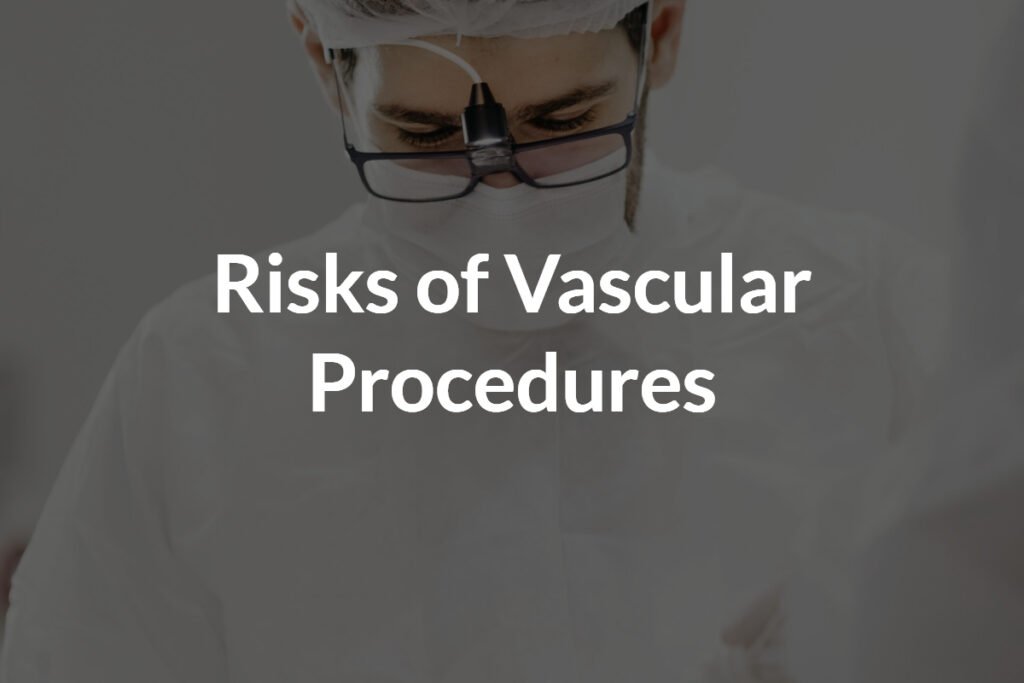
When it comes to vascular procedures, it’s normal for people to feel a little worried. After all, any medical procedure carries its own set of risks. Some common concerns include bleeding, infection, or even blood clots. I think it’s interesting how everyone reacts differently to the idea of surgery. Some people might feel anxious, while others feel more confident knowing they’re taking care of their health.
Doctors work hard to ensure that everything goes smoothly. They prepare carefully and explain the risks and benefits to patients. This helps patients understand what to expect. For example, if someone is having an angioplasty, the doctor will talk about the possibility of a bruise at the site of the incision or a small risk of infection.
I met a gentleman in the waiting room who was having a stent placed in his artery. He said, “I’m nervous, but I trust my doctor. He’s done this many times.” That kind of trust can make a big difference.
Patients should feel empowered to ask questions. If they’re unsure about something, they should reach out to their doctor. Doctors are there to help, and they want their patients to feel comfortable. Knowing the risks helps people make informed choices about their health.
In the end, while there are risks, the potential benefits of having a vascular procedure often outweigh the concerns. By understanding the risks and being proactive, patients can take charge of their health journey.
Aftercare and Recovery
After having a vascular procedure, the journey doesn’t end in the operating room. It’s a crucial time for healing, and following aftercare instructions can make all the difference. Patients often feel a bit tired or sore, much like a runner who has just finished a race. But don’t worry; this discomfort usually eases over time.
Here are some key actions to focus on during recovery:
- Follow Doctor’s Instructions: Adhering to post-procedure guidelines is essential for a smooth recovery.
- Rest and Relax: Taking time to rest can enhance healing. Listen to your body and take it easy.
- Eat Healthy: Nourishing your body with fruits and vegetables helps speed up recovery.
- Stay Active: Gentle walks can promote blood flow and lessen soreness. Start slow and increase activity gradually.
By embracing these steps, patients can support their bodies in healing and ensure their blood vessels stay healthy for the long haul!
How to Access These Services
When someone thinks they might need a vascular procedure, the first step is usually to chat with their GP (General Practitioner). It’s like starting a treasure hunt, where the GP is the map that guides you. The GP will ask questions, examine the patient, and help figure out what’s going on. They might suspect a vascular issue and can refer the patient to a vascular surgeon if needed.
Sometimes, a referral form or a letter is necessary to see a specialist. This might sound a bit complicated, but it’s just part of the process. I once met a woman who had to go through this. She said, “I felt anxious, but my GP explained everything. It made me feel better.” That’s how important communication is in healthcare.
In Australia, there are many clinics and hospitals offering these services. It’s comforting to know that help is nearby. Patients can search for facilities close to them or ask their doctor for recommendations.
Here are some steps to follow:
- Talk to Your GP: Discuss any symptoms or concerns you have.
- Get a Referral: If needed, make sure to get a referral to see a vascular specialist.
- Research Local Clinics: Look up clinics or hospitals that provide vascular services in your area.
- Ask for Recommendations: Don’t hesitate to ask your GP for suggestions on where to go.
By taking these steps, patients can find the right care for their vascular health. It’s all about reaching out, asking questions, and taking charge of one’s health journey!
Conclusion
In this wrap up, vascular procedures are a way to help fix problems with blood flow in our bodies. They can help prevent serious issues like heart attacks and improve quality of life. If you’re curious or have concerns about your vascular health, talk to a health professional. Understanding your options can make a big difference. Always remember, taking care of your blood vessels is important!
FAQ
What is vascular disease and how does it affect blood vessels throughout the body?
Vascular disease impacts veins and arteries that supply blood to various parts of your body. When blood vessels become damaged or blocked, they can restrict blood flow, potentially leading to serious health issues in your legs and feet, heart, or brain.
What makes minimally invasive endovascular procedures different from open surgery?
Modern endovascular procedures use small incisions instead of a long incision required in open surgery. These minimally invasive procedures often mean shorter hospital stay, faster recovery, and less pain compared to traditional surgical procedures.
How do doctors diagnose peripheral artery disease PAD and chronic venous insufficiency?
Doctors use physical exam, medical imaging, and diagnostic angiography to evaluate blood flow problems. They look for symptoms in the lower extremity, measuring blood pressure and using intravascular ultrasound when needed.
What are the treatment options for abdominal aortic aneurysms?
Treatment ranges from endovascular aneurysm repair to open surgical repair of aortic aneurysms. The choice depends on the aneurysm’s size and location. Endovascular repair uses stent graft placement through small incisions, while open surgery involves a larger incision.
When should someone seek emergency care for vascular conditions?
Life threatening conditions like aortic dissection, deep vein thrombosis, or pulmonary embolism require immediate emergency department attention. Watch for severe pain, sudden limb ischemia, or signs of blood clots.
How does carotid artery disease affect stroke risk?
Carotid artery stenosis can restrict flow of blood to your brain through the carotid arteries. Treatments include carotid endarterectomy or carotid stenting to prevent stroke and improve quality of life.
What’s involved in creating dialysis access for kidney failure patients?
Hemodialysis access typically involves creating an AV fistula or using other surgical procedures to provide reliable access for dialysis. This requires careful evaluation of your blood vessels to ensure proper function.
Can lifestyle modification help manage vascular diseases?
Yes, lifestyle changes play a key role in managing arterial and venous diseases. This includes regular exercise, maintaining healthy blood pressure, and avoiding risk factors that can worsen vascular problems.
What happens during thoracic endovascular aortic repair?
This minimally invasive procedure repairs problems in the thoracic aortic section using endovascular surgery techniques. It treats conditions affecting the ascending aorta and descending aorta through small incisions.
How do doctors treat varicose veins and venous insufficiency?
Treatment options include endovenous laser therapy, vein stripping, and other minimally invasive procedures. These treatments help improve blood flow in leg veins and reduce symptoms of chronic venous disease.
References
- https://cvs.net.au/services/vascular-imaging/wa
- https://www.health.gov.au/our-work/vascular-interventional-radiology-vir-review

